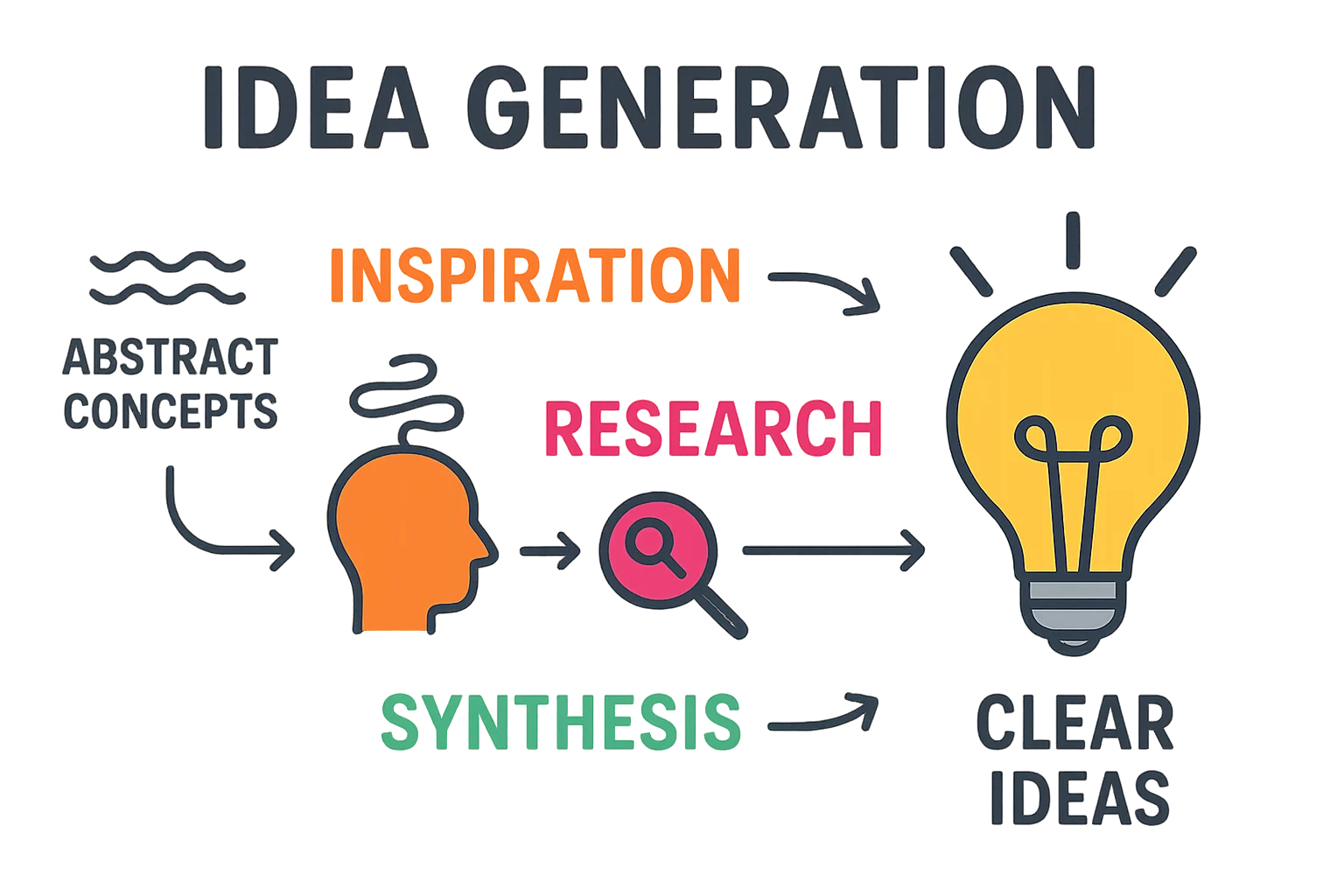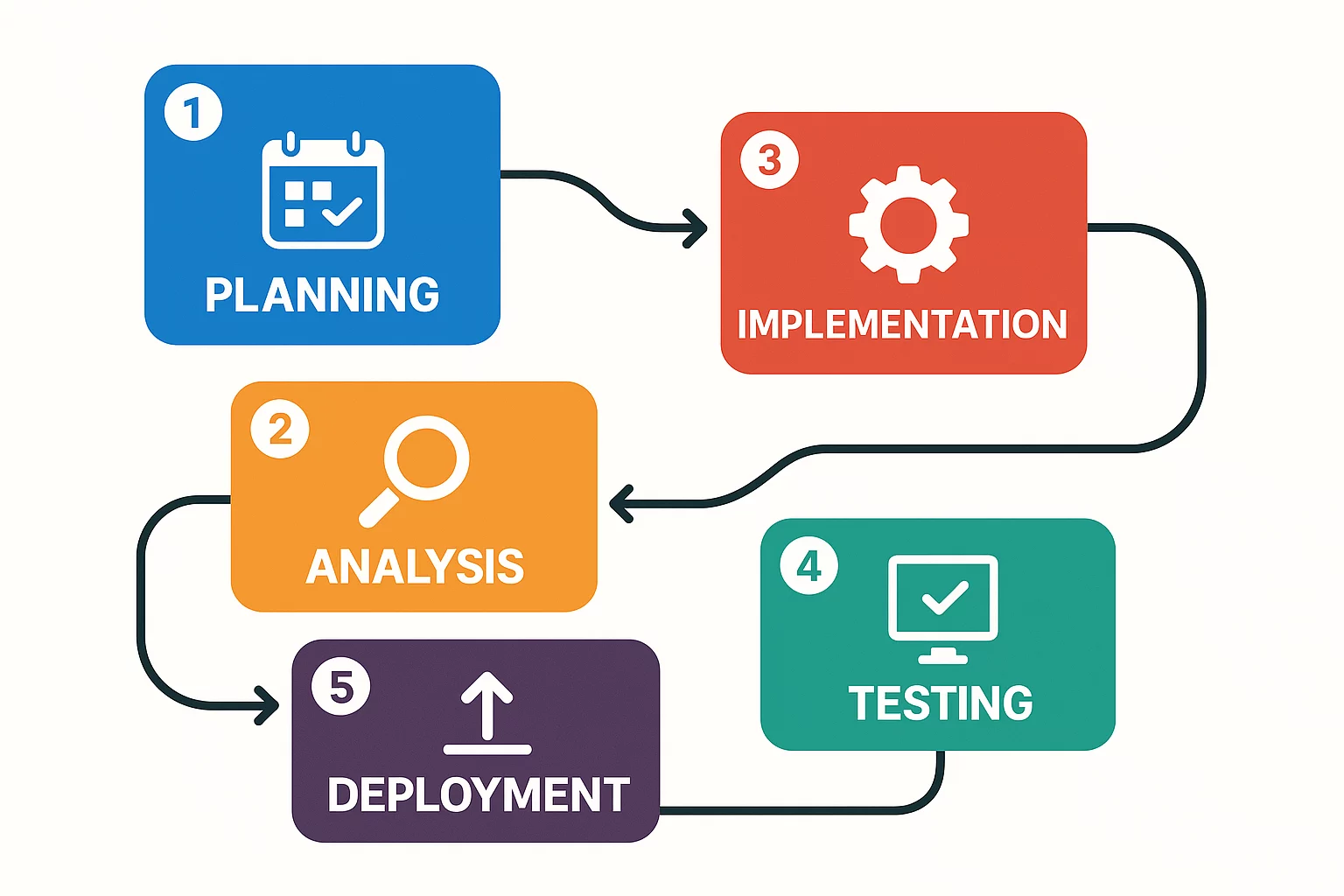For any entrepreneur investing in a manufacturing facility, the greatest fear is silence. A factory floor that should be alive with activity goes quiet.
This unexpected halt in production is more than a temporary problem—it’s a direct threat to the business itself. We often imagine this scenario as the result of a major equipment failure, where a critical machine breaks down and everything stops.
While this is a valid concern, it’s only part of the story. A less dramatic but equally damaging risk lies in the subtle, cumulative failures of human systems. Understanding the difference between these two types of risk is critical when deciding between a manual or automated production line for solar modules.
The Anatomy of a Production Line: Two Philosophies
Manual and automated factories operate on fundamentally different principles. It’s one of the first and most critical choices you will make when planning your operation.
A manual production line is built around skilled technicians performing tasks like cell stringing, layup, and framing by hand. While it offers flexibility and requires a lower initial capital investment, its resilience is tied directly to the skill, consistency, and availability of the workforce.
An automated production line, in contrast, uses specialized machinery to perform these same tasks with robotic precision. It demands a higher initial investment but delivers exceptional consistency and speed. Here, resilience depends on equipment reliability and the quality of maintenance protocols.
The Obvious Risk: The Single Point of Mechanical Failure
In a highly automated factory, the primary risk is concentrated. The failure of a single, critical piece of equipment, such as an automated cell stringer or the main laminator, can bring the entire production process to a standstill. This is the classic single point of failure.

The financial impact is immediate and significant. Industry studies show that for a mid-sized manufacturing plant, unplanned downtime can cost upwards of 20,000 euros per hour in lost output, wasted materials, and idle labor.
Managing this risk isn’t about hoping a machine never fails; it’s about planning for when it does. That means selecting equipment with a high Mean Time Between Failures (MTBF) and ensuring you have a clear plan for rapid repair.
That’s why our approach to technology focuses on robust, proven systems. We prioritize reliability over complexity, ensuring the machinery we provide is built to withstand the demands of continuous operation. A resilient automated line relies on a clear maintenance strategy and a partner who can provide technical support when it matters most.
The Hidden Risk: The Slow Drain of Human Inconsistency
In a manual production line, the risk of downtime is rarely a single, catastrophic event. Instead, it’s a distributed and often subtle challenge. There is no single machine to blame, but the cumulative effect of human variables can quietly erode efficiency and quality.
Consider the reality of managing a large workforce. Research in manufacturing sectors across emerging markets shows that annual employee turnover can easily exceed 30 percent. As a result, a substantial part of your team is always in the training phase, leading to common issues:
-
Inconsistent Quality: A new technician may not solder connections as cleanly or handle delicate cells with the same care as an experienced one, leading to higher rejection rates.
-
Training Overhead: Constant training consumes the time of your most skilled supervisors, pulling them away from oversight and process improvement.
-
Dependence on Key Individuals: Your entire line may become reliant on one or two highly skilled operators. If they get sick or resign, the process can slow down or quality can suffer dramatically.
This is the human point of failure. It doesn’t stop the line instantly, but it creates bottlenecks, drives up waste, and makes predictable output a constant challenge.

Resilience Is More Than Just Machines
True factory resilience isn’t just about preventing breakdowns—it’s about achieving predictable, high-quality output every single day. The choice between manual and automated systems is a strategic decision about which type of risk you are better equipped to manage.
Automated lines concentrate risk into predictable, mechanical points. Mitigation requires robust engineering, preventative maintenance, and strong technical support.
Manual lines distribute risk across your entire workforce. Mitigation depends on excellent management, continuous training, and robust quality control systems.
There’s no single best answer. The ideal solution often lies in a semi-automated or hybrid approach tailored to your specific market, labor costs, and production goals. This is the core of our work: we design and deliver turnkey production lines for solar modules engineered not just for performance, but for resilience in your specific operational context.
Frequently Asked Questions
Is a fully automated line always better?
Not necessarily. The optimal choice depends on your business model, local labor costs, available capital, and desired production volume. For some markets, a well-managed manual or semi-automated line is a more practical and profitable solution. The goal is to align the technology with the business case.
How do you manage training for a manual line?
Success with a manual line depends on building reliable systems that support your workforce. That means having standardized processes, clear visual work instructions, and a train-the-trainer program. We help you establish these systems to ensure knowledge is retained within your company, reducing dependence on individuals.
What happens if a critical machine from us breaks down?
We build for reliability, but we also plan for reality. Our commitment to you includes comprehensive training for your maintenance team, recommended spare parts packages, and direct access to our engineers for rapid-response technical support to minimize any potential downtime.
Can a manual line produce high-quality modules?
Absolutely. With the right processes, strict quality control checkpoints, and a well-trained, motivated team, manual lines can produce modules that meet the highest international standards. The challenge is not simply achieving quality, but maintaining it with perfect consistency at high volume.

Building a Resilient Factory From Day One
Choosing your production technology is more than a technical specification—it’s the foundation of your business’s long-term health. It requires a partner who understands the nuanced realities of both mechanical and human systems and has the experience to guide you toward the most resilient solution for your vision.
From the initial concept to the day your factory is fully operational, our team works alongside yours. We share the knowledge gained from over 25 years of building factories from the ground up, helping you see the complete picture to build an operation that is not only productive but durable.
The right choice depends on your specific goals, market, and resources. These are the details we help you navigate from our very first conversation.
Ready to build a resilient solar module factory? Contact us to discuss your project, and we’ll guide you through the process step by step.
